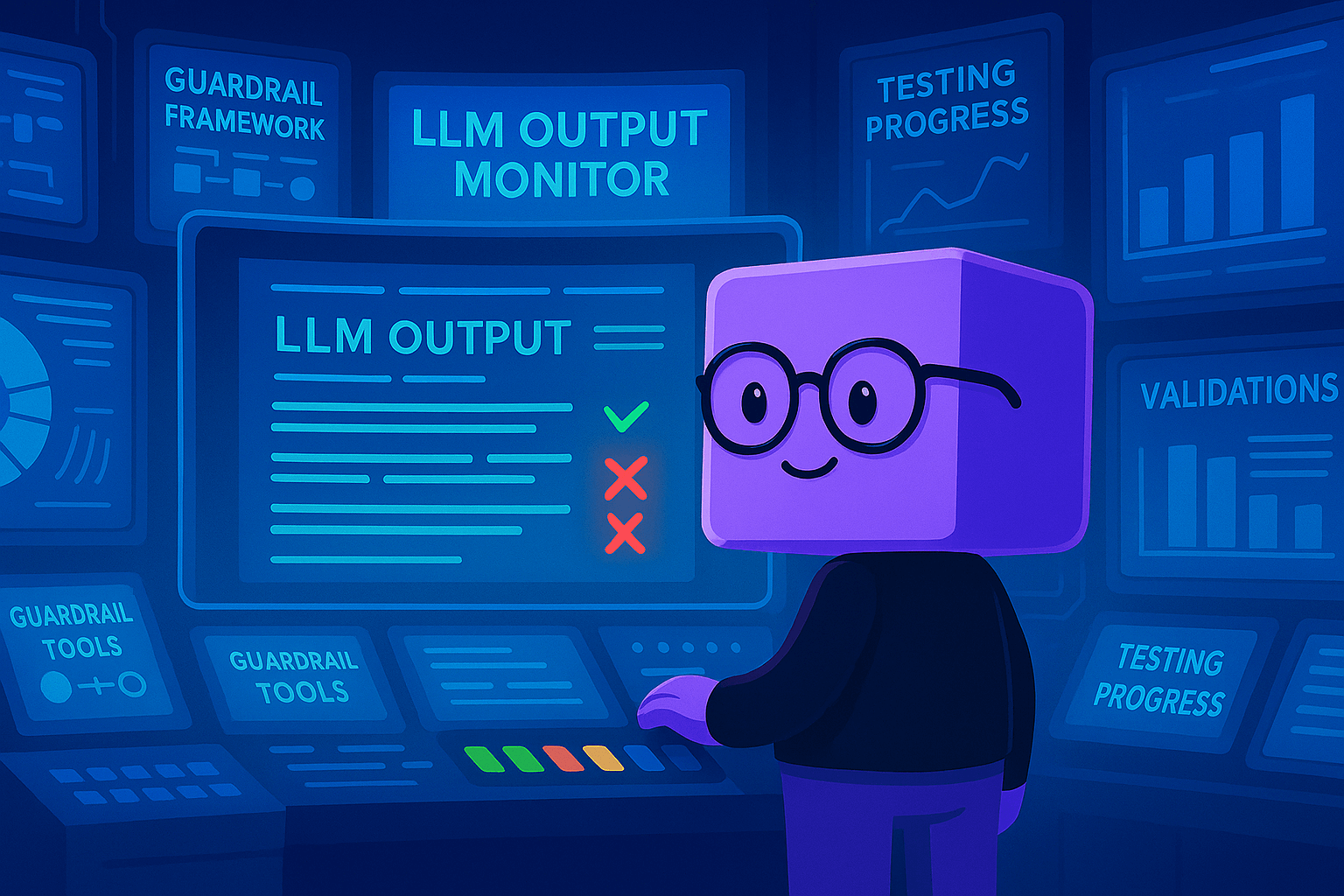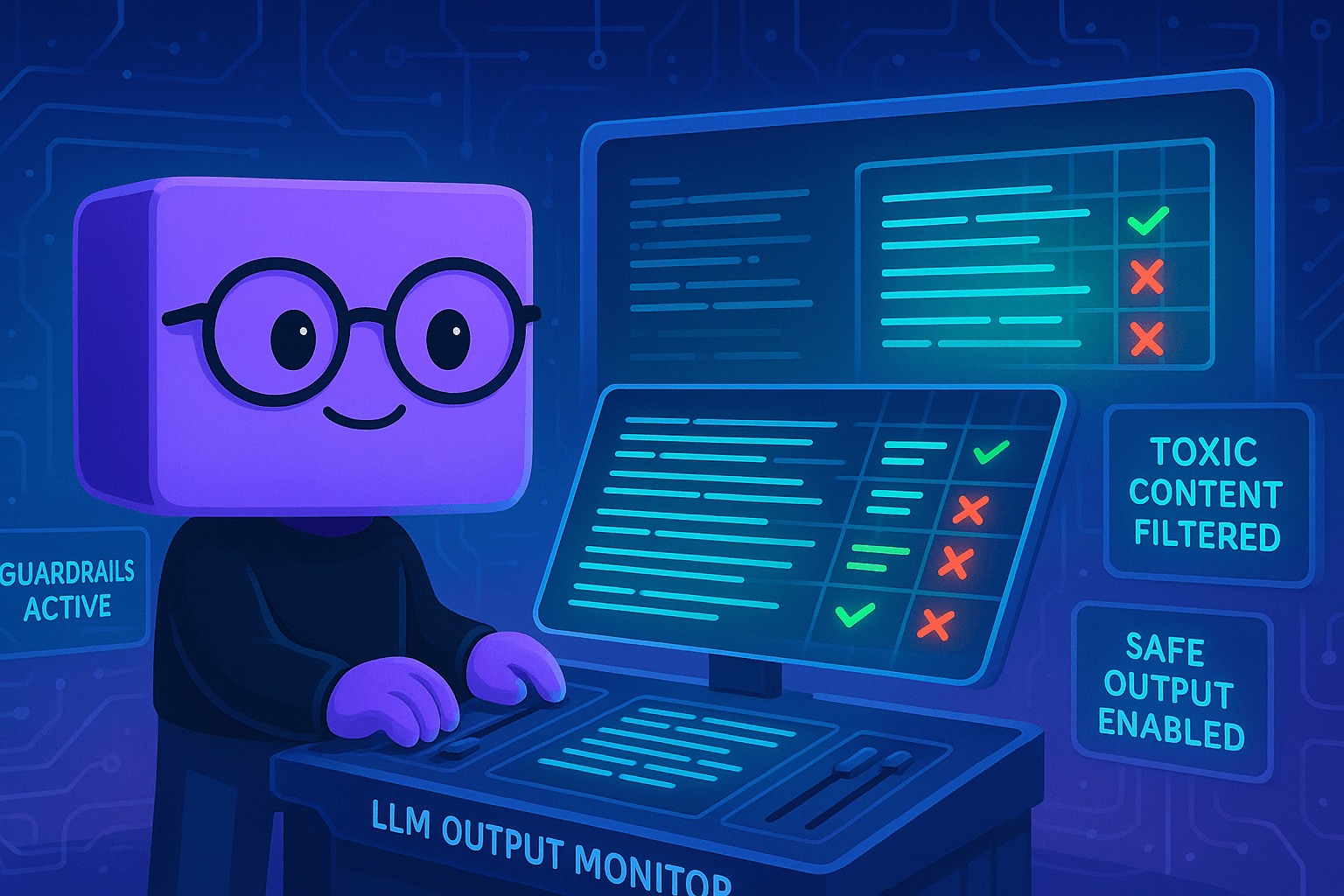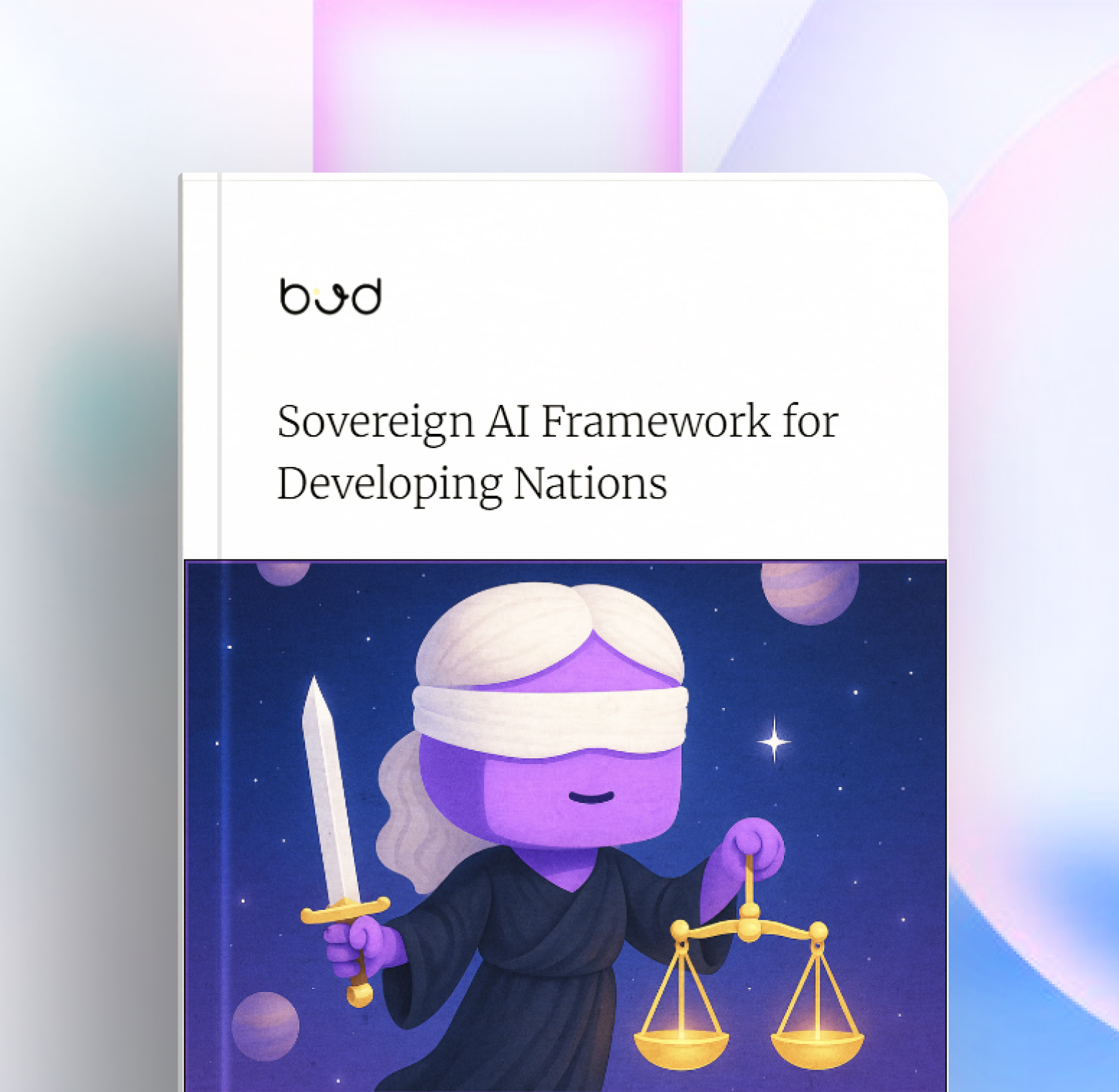The recent launch of DeepSeek’s R1 model has made waves in the AI industry—not just for its technological advancements but also for its wider market impact, including a drop in tech stock valuations. However, those who have been closely following the GenAI space knew this moment was inevitable.
For the past one and a half years, we have consistently advocated that true democratization of GenAI can only be achieved by utilizing domain-specific, fine-tuned small language models (SLM) on commodity processors. This approach makes GenAI more accessible, affordable, and practical for everyone. In contrast, the current strategy of corporations spending billions on expensive hardware infrastructure is unsustainable.
The real challenges organizations face in GenAI adoption are:
- High Operational Costs: Because model inference is expensive, especially for using LLMs on GPUs—and this is an ongoing expense.
- Lack of Portability: Businesses cannot afford to constantly reconfigure their applications every time a new model or hardware enters the market.
- High Capital Expenditure: Because pre-training and fine-tuning models are prohibitively expensive.
The true breakthrough in GenAI adoption comes from software and hardware innovations that make performant GenAI deployments cost-effective, scalable and portable.
While training and fine-tuning are one-time costs, inference is an ongoing expense. To avoid the capital expenditure associated with training and fine-tuning, enterprises relied on already existing domain specific fine-tuned open-source SLMs. However, ongoing high operational costs associated with model inference and the portability of the solution remained a headache for them.
With the Bud Ecosystem, our primary focus was to solve these issues. Bud Ecosystem tackles these challenges through its inference optimisation engine, named Bud Runtime, and its collection of optimised SLMs.
Bud Runtime is the first and only enterprise-ready, end-to-end inference stack optimized for commodity processors. Validated by Intel for efficient performance on Xeon processors, it maximizes performance and efficiency while reducing costs, making GenAI more accessible, scalable, and cost-effective.
Being environment-agnostic, it eliminates technological lock-in. This means you can build GenAI solutions regardless of model architecture, hardware infrastructure, or operating system. As a result, enterprises can adopt the best AI innovations without disrupting their existing applications.
Moreover, over the past year, our focus on model architecture innovations has led us to build and open-source several SLMs that offer performance on par with state-of-the-art results offered by LLMs. With these innovations, the Bud Ecosystem allows enterprises to adopt GenAI while minimizing capital expenditures, operational expenses, and eliminating portability challenges.
SLMs fine-tuned like DeepSeek’s R1
Deepseek’s recent innovation with R1 offers a promising new direction for the industry. The company has made a significant leap by achieving performance on par with OpenAI’s O1, while claiming to do so at a much lower training cost. However, R1, with its 671 Billion parameters, remains too large for cost-effective enterprise GenAI deployment. The real value lies in the methodologies Deepseek used to train their LLMs, which can be applied to train or fine-tune smaller, more efficient SLMs.
By leveraging these approaches, enterprises can cost-effectively fine-tune or pretrain their SLMs at a fraction of the cost, while still achieving state-of-the-art accuracy. This offers enterprises an additional flexibility in adopting GenAI.
While DeepSeek and others have shown that model architecture optimizations can significantly cut pre-training and fine-tuning costs, we have focused on the bigger long-term challenge: inference. Bud’s innovations in model inference optimization, combined with innovations like DeepSeek R1, enable organizations to significantly cut both capital and operational costs for their AI applications.
Future-Proofing AI Adoption with Bud Ecosystem
Bud Runtime ensures that businesses can adopt and scale generative AI solutions cost-effectively, without being locked into proprietary hardware ecosystems. Key capabilities of the Bud inferencing stack:
- Scalability across multiple architectures, ensuring businesses stay ahead of rapid AI advancements.
- Drastic reductions in inference costs, making AI deployment economically viable for enterprises of all sizes.
- Universal Hardware Compatibility: Bud’s runtime is the first in the GenAI industry to deliver an enterprise-ready solution that operates across diverse hardware environments—including CPUs, GPUs, HPUs, NPUs and accelerators—without requiring model-specific optimizations. This ensures seamless performance across multiple infrastructures, maximizing flexibility and cost-efficiency.
- Zero-Day Support for LLMs & SLMs : Bud’s Serve Inference Software Stack is designed for immediate compatibility with both open-source and proprietary models, running efficiently on CPUs, GPUs, and accelerators. By eliminating the need for extensive model-specific tuning, businesses can deploy GenAI solutions faster, ensuring democratization and accessibility of AI.
- Advanced LLM Observability & Performance Monitoring : Our inference stack provides real-time monitoring and analysis of model performance, offering insights into latency, token throughput, and resource utilization. With seamless integration into existing enterprise dashboards, organizations can optimize deployments, detect bottlenecks, and maximize AI efficiency across their infrastructure.
- Enterprise-Grade Security & Compliance : Bud ensures end-to-end security and compliance for deploying GenAI solutions in regulated environments. Our software stack is designed with ethical AI principles, integrating transparency, fairness, and accountability into every deployment. Businesses can confidently implement AI with robust security frameworks tailored to industry-specific compliance standards.
- Multi-Modality Support Across Any Infrastructure : Bud’s inference engine is the first enterprise-ready stack to offer multi-modality support on CPU infrastructure, extending AI capabilities across text, images, audio, and video. This enables enterprises to deploy versatile AI applications without constraints on hardware or cloud service providers (CSPs).
- Enterprise-Ready Cluster Management : Supporting all leading industry cluster deployments, Bud’s inference stack is now officially certified on RedHat OpenShift. This ensures seamless integration into containerized enterprise environments, enabling scalable and efficient AI deployments across cloud, on-premise, and hybrid infrastructures.
Making GenAI Practical, Profitable, and Scalable
The AI industry is entering a new era—one in which cost-efficiency, flexibility, and accessibility become the new norm. Bud Ecosystem is leading this transformation, ensuring that businesses can harness the best AI innovations—now and in the future—without disruption. The AI race isn’t only about who builds the best model. It’s about who makes AI truly usable, adaptable, and sustainable.











.png)


